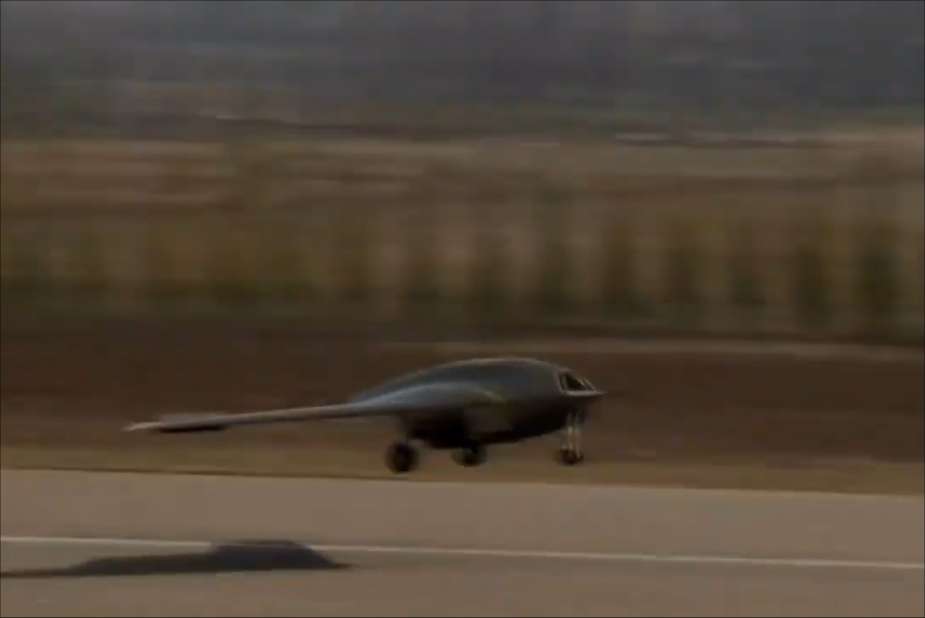Breaking news
China broadcasts first flight of Skyhawk Unmanned Aerial Vehicle.
The first flight of China's unmanned aerial vehicle (UAV), named 'Skyhawk', was shared by CCTV on February 27, 2024, noting that the footage dates back to 2017. This event marks a milestone after nearly four years of dedicated research and development by the Third Academy of the China Aerospace Science and Technology Corporation.
Follow Air Recognition on Google News at this link
 Video footage of the first flight of Skyhawk unmanned aerial vehicle (UAV) (Picture source: Chinese media)
Video footage of the first flight of Skyhawk unmanned aerial vehicle (UAV) (Picture source: Chinese media)
It's important to note that the footage released by the Chinese media is from 2017 and does not reflect the current development of the drone. Although this Chinese drone has been known for several years, no images of its inaugural flight have been made public until now. This allows us to delve deeper into the characteristics of this unmanned aerial vehicle.
Designed by the China Aerospace Science and Industry Corporation, this drone is distinguished by its flying wing design, similar to the American B-2 stealth bomber, endowing it with advanced stealth capabilities. It was first revealed in 2019, marking a significant step in the development of stealth drone technologies capable of operating in hostile environments.
The Skyhawk is equipped for high-altitude reconnaissance missions, capable of flying quickly over long distances while remaining harder for enemies to detect. Its aerodynamic design significantly reduces reflective surfaces, which lowers its radar signature and enhances its efficiency as a reconnaissance and stealth strike platform. The drone also can operate in conjunction with manned aircraft, highlighting its versatility on the battlefield.
The Skyhawk is part of a family of drones developed by CASIC, including several models with varied configurations and capabilities, ranging from miniature aerial vehicles to larger, more sophisticated versions. The initial model, SH-1, launched by catapult, can reach speeds of about 90 mph and operate up to 16,400 feet altitude, while the SH-3, with its twin-fuselage configuration and a more limited payload capacity, is aimed at different uses. These drones illustrate the diversity and adaptability of the Skyhawk range, capable of meeting various military and intelligence needs.
The unveiling of the Skyhawk's successful inaugural flight was a proud moment for the Chinese aerospace community. Ma Hongzhong, the UAV's chief designer, reflected on the inaugural flight with deep emotion, describing the overwhelming sense of achievement and determination to continue overcoming technological hurdles and advancing China's UAV capabilities.


























